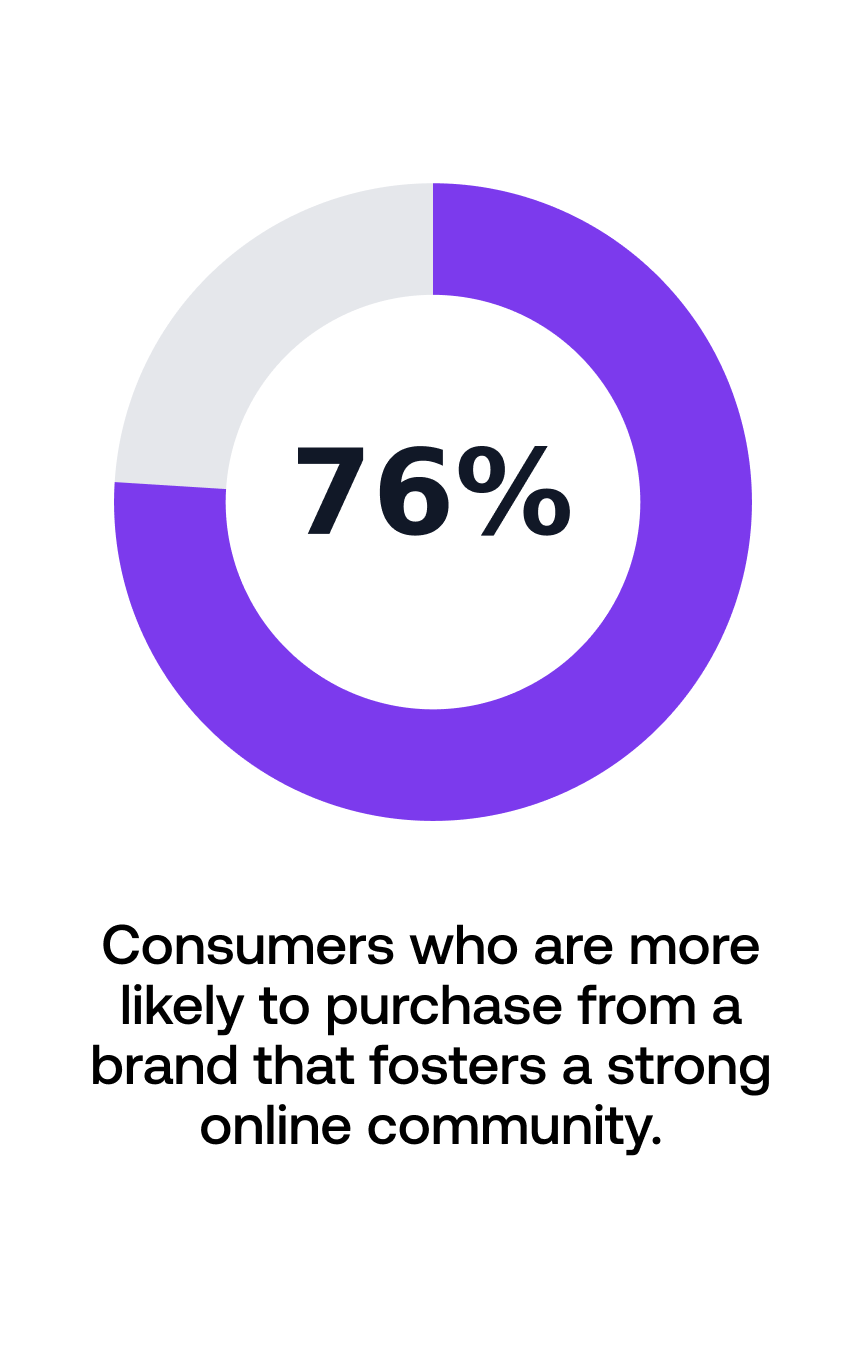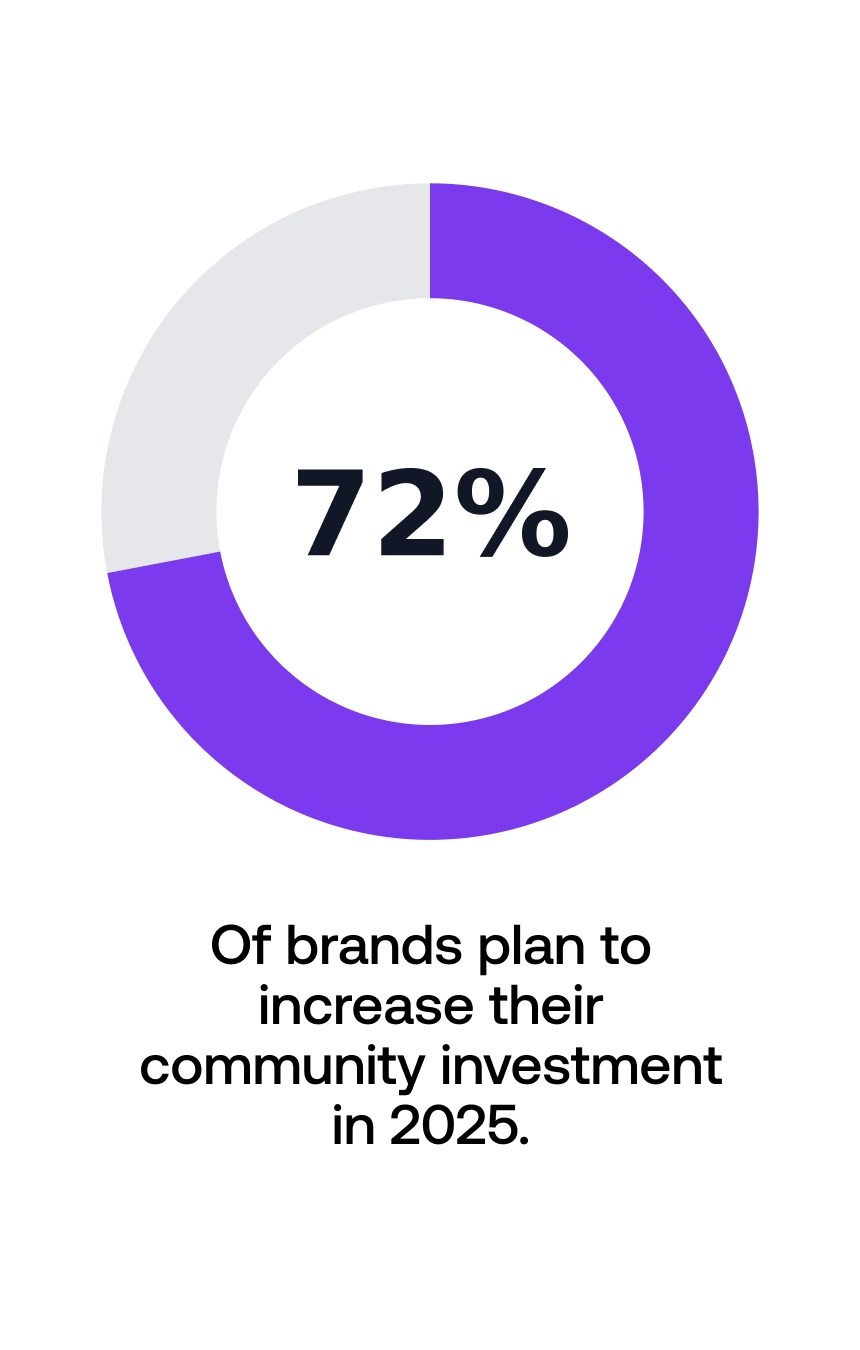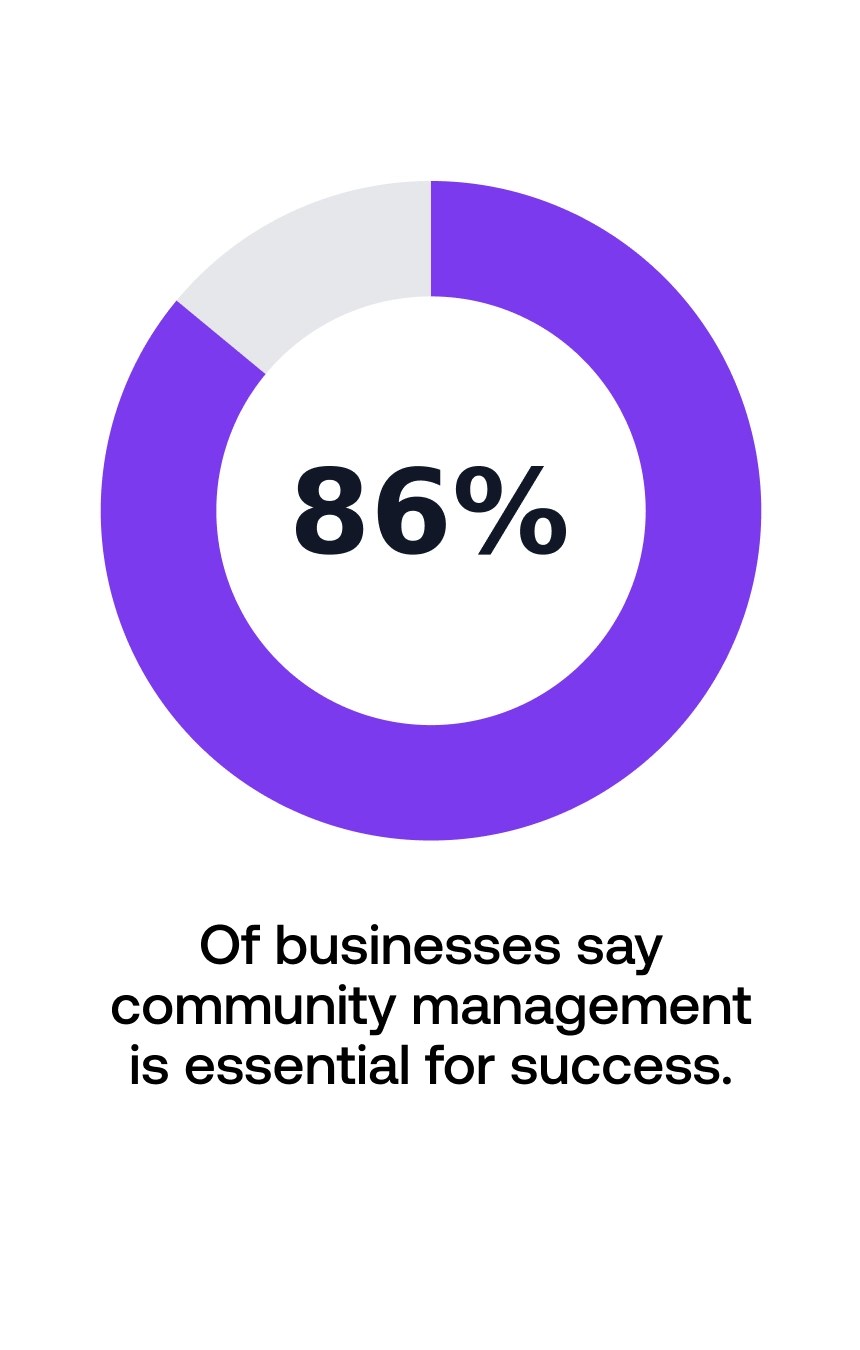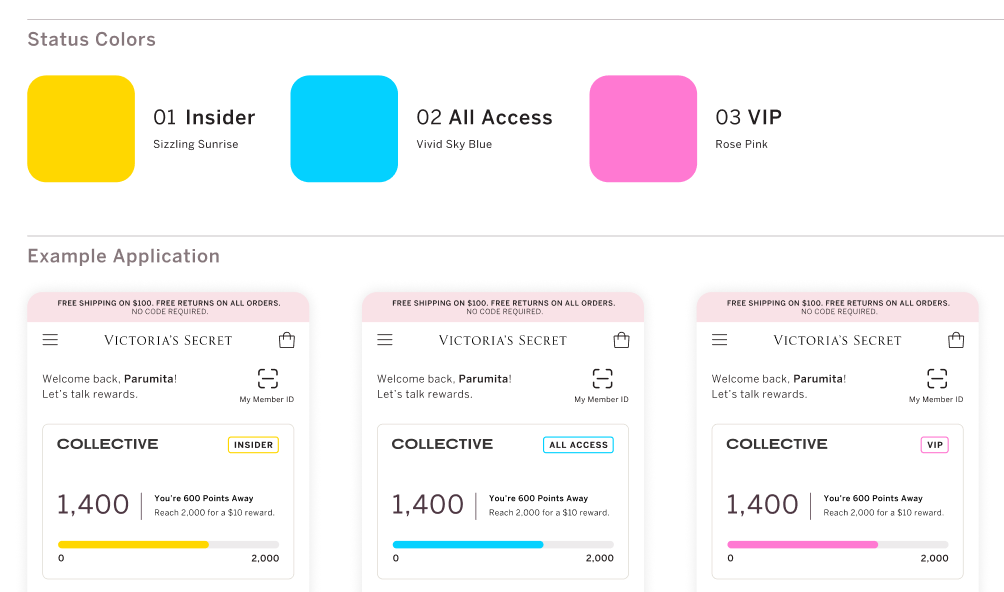At Fueled, our product and design teams advocate for user testing as an essential way to ground our assessment of quality in real end-user feedback, and not internal instinct alone. A few months ago, I was performing user testing on a publisher’s new website focusing on the AI industry. Our baseline usability test revealed a clear path forward: we cleaned up pain points, streamlined navigation, and polished the interface. The improvements were dramatic: participants rated the site as easy, enjoyable, even delightful. By every traditional UX metric, the project was a success. But in response to our final question, “Would you recommend this site to a friend?”, almost everyone said no.
That paradox caught our attention. How could visitors love the design and flow but feel no loyalty to the brand? Our testing involved participants recording their actions on screens while answering questions out loud into a recording. This time, we focused particularly on questions surrounding users’ perceptions of brand loyalty and trust. I dug deeper into the recordings, and one answer really resonated with me: “I don’t know that much about the topic, and honestly feel nervous about using it at work, so not getting a sense of how [the publisher] approaches it or why I should trust it feels disappointing.”
Readers trusted the accuracy of individual articles, but they didn’t understand or connect with the voice behind them. They were unclear what the company and its publication stood for – its stance on AI ethics, its values, its overarching mission.
It was an evidence-based reinforcement of a larger hypothesis at Fueled about brands and content in an increasingly impersonal world: great usability and visual design can improve satisfaction, but it can’t buy loyalty.
The Trust Gap in a Fast-Moving World
The pace of technological and digital change is quickly accelerating. New apps and AI tools appear daily. Customers may be impressed, but they are also overwhelmed. And knowing that tools like AI are driving a lot of this acceleration, trust is in lower supply.
Our client’s situation reflects a broader trend: usability without trust yields flat loyalty. While nearly 90% of customers say authenticity is important in choosing brands, only about half actually trust the brands they know. This “trust gap” means you can polish a product all you want, but if the brand behind it hasn’t earned confidence, people won’t stick around.
Connection and Community Drive Consumer Habits
What have we found that consistently bridges that trust gap? A sense of community. Research indicates that people increasingly crave a sense of connection that runs deeper than a commercial transaction. This sense of connection begins with a simple understanding of what a brand stands for: its values, personality, voice.
Industry research confirms this shift:
- 76.6% of consumers wish their favorite brands had an online and engaged community.
- 67.4% feel more connected to brands through dedicated communities (like first party discussion boards and surveys) than through social media.
- 81.6% say they are more likely to try new products because they belong to a brand’s online community.
- 68.7% prefer to buy from brands that they interact with in a community setting, such as online forums.
Brands are listening. 86% of businesses say community management is essential for success, and 72% plan to increase their community investment in 2025. On the audience side, 76% of consumers report they’re more likely to purchase from a brand that fosters a strong online community. In other words, community isn’t a side project – it’s loyalty infrastructure.



How might our client with the AI-focused publication apply these insights, and close the loyalty gap? Publicly championing ethical AI and inviting readers into a forum to debate those ideas and best practices might lead readers to rally around a publication openly exploring and emphasizing those values. The brand could become not just an informational resource, but part of a cause people would care more passionately about.
This isn’t to say usability isn’t important, of course. Clean design and accessibility lay the foundation for trust. But in today’s oversaturated market, emotional connection is a vital differentiator, often trumping even price. Consumers with high emotional loyalty spend up to 2x more on their favorite brands and generate ~300% higher lifetime value. They become advocates and promoters, sharing the brand with friends and on social media.
The Power of Design in Creating Connection: Victoria’s Secret
Sometimes the first step in creating a sense of belonging and community can be as simple as aligning a large brand’s digital experiences with a distinctive sense of identity that consumers connect with.
Take our collaboration with Victoria’s Secret on their VS Rewards loyalty program. The core platform was a standard points-based system with a great UX foundation, but it needed a story and identity that customers would identify with. We helped to rename the tiers (Insider, All Access, VIP) and craft a warm, inclusive tone that aligned with the brand’s shift toward diversity, authenticity, and customer connection. We designed new visuals and messaging to make every customer feel recognized and celebrated as part of a larger and distinctive community.

The revamped rewards experience became an expression of the brand’s refreshed identity, as an extension of its customers’ own sense of self, and not just a transaction portal. Customers aren’t just earning points; they’re joining a community that reflects their values and the brand’s purpose. Passive shoppers became active brand ambassadors.
The Takeaway: Conversion Comes from Connection
Customers today are seeking voices and brands that mean something more to them. They want to belong to communities that reflect their values, sense of identity, and how they want to show up in the world. In a crowded digital marketplace with increasingly more choice, people aren’t just choosing a resource or tool; they’re choosing a tribe.
More than ever, connection drives conversion and loyalty starts with belonging.
Fueled partners with brands to craft digital communities and authentic experiences that resonate. If your organization is ready to turn satisfaction into loyalty, let’s talk.
